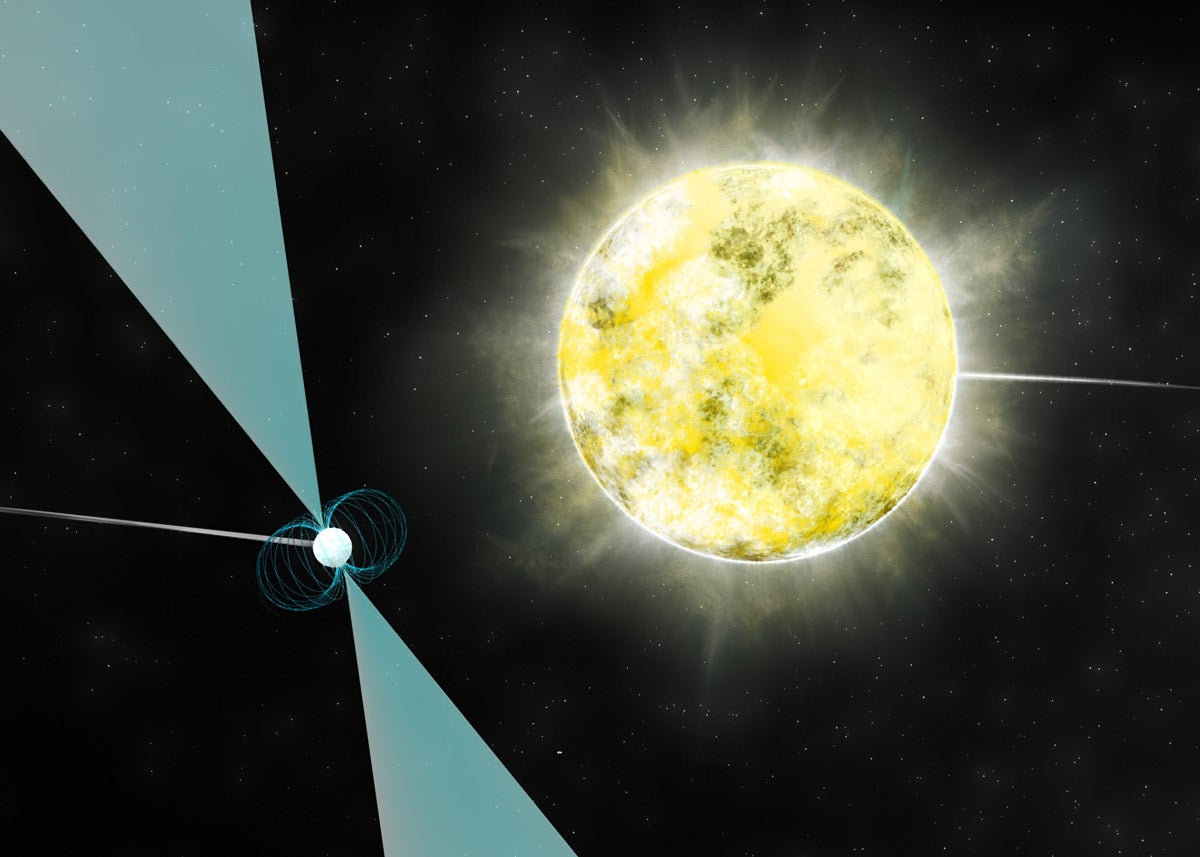Astronomers discover coldest ever white dwarf - an ancient diamond the size of the Earth
The galactic oddity is 11 billion years old - the same age as the Milky Way

Astronomers have identified what might be one of the strangest stars in our galaxy: an incredibly cold, ancient and faint white dwarf that has crystallized into a diamond the size of Earth.
“It’s a really remarkable object,” said Professor David Kaplan of the University of Wisconsin-Milwaukee in a press release. “These things should be out there, but because they are so dim they are very hard to find.”
White dwarfs are stars at the end of their life span when the fusion reaction that has pumped out heat and energy during has all but stopped, leaving the remaining carbon and oxygen to compact into an incredibly dense and cold state.
In the case of this recently discovered white dwarf, astronomers believe that it has cooled and crystallized all the way to diamond, estimating that the once-fiery star is 11 billion years old – making it the same age as the Milky Way.
NASA: Space in pictures
Show all 12Stars like this aren’t rare (around 97 per cent of stars are thought to turn into white dwarfs and we've even discovered planets made of diamond) but they are incredibly difficult to find – simply because their light is too faint to make its way through the cosmos to telescopes on Earth.
Thankfully, this particular white dwarf had a partner that gave away its presence to astronomers on Earth: a companion pulsar star dubbed PSR J2222-0137.
Pulsars are superdense neutron stars that spin incredibly quickly, shooting beams of radio waves into the cosmos like supercharged lighthouses. However, with PSR J2222-0137 astronomers noticed that the radio beams were regularly obstructed by an unknown object.
The team from the National Radio Astronomy Observatory in the US suspected it was a white dwarf, but were still unable to see the object after further observation. Their explanation? That this is one of the coldest white dwarf ever discovered.
“Our final image should show us a companion 100 times fainter than any other white dwarf orbiting a neutron star and about 10 times fainter than any known white dwarf, but we don’t see a thing,” said University of North Carolina graduate student Bart Dunlap. “If there's a white dwarf there, and there almost certainly is, it must be extremely cold."
However, this is cold in an astronomical sense and despite being 5,000 times cooler than the center of the Sun, the diamond white dwarf is still thought to be 2,700 degrees Celsius (or 4,892 degrees Fahrenheit).
Subscribe to Independent Premium to bookmark this article
Want to bookmark your favourite articles and stories to read or reference later? Start your Independent Premium subscription today.

Join our commenting forum
Join thought-provoking conversations, follow other Independent readers and see their replies